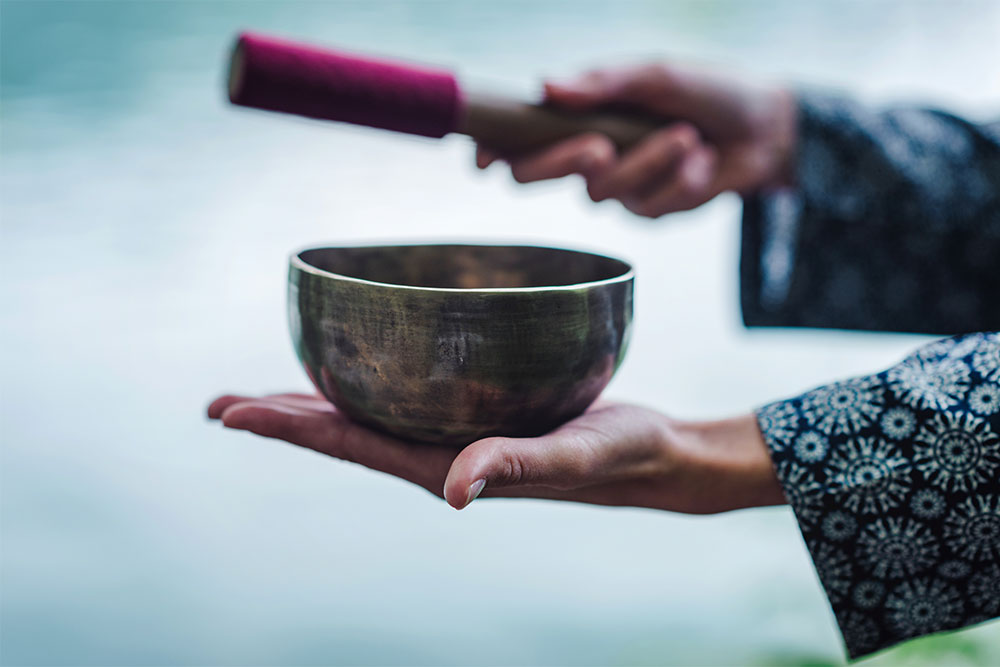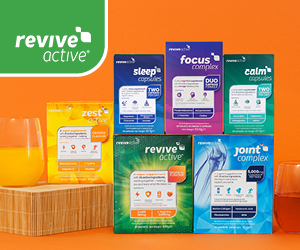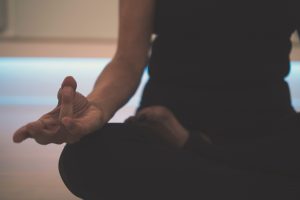What’s the deal with sound healing?

Sound healing has budged yoga and meditation for the wellbeing crowd’s latest Saturday morning diary date, thanks to its relaxing, uplifting qualities.
But what makes the noise, is it actually pleasant and how is it meant to make you feel? We spoke to practitioner Harriet Emily to find out the difference between sound healing and gong baths, and if the trend lives up to the hype…
FOR STARTERS, WHAT IS SOUND HEALING?
It’s a sensory experience, involving listening to sounds created with a gong, crystal singing bowls, Himalayan singing bowls and tuning forks that people can attend in a group or 1-to-1.
While the gong has a deep rumbling vibration, which makes it feel as if the sound is washing over you — hence the coinage ‘sound bath’, singing bowls have more of an uplifting effect thanks to the light, airy quality of the sound.
WHAT ARE THE BENEFITS?
The melodic tones, textures and rhythms are so unique, you can easily get lost in the story of each note, making for a truly beautiful experience. Aside from the sensory element, it aids mental and physical health. Like meditation, it brings clarity and perspective on your life as it gives you the perfect opportunity to reflect on your life, choices and the person you want to be.
AND HOW DOES IT WORK?
The sounds take you into this meditative space, designed to bring relaxation and the opportunity to unwind. Many of us are lacking this in our daily lives and it’s something we desperately need.
WHAT SHOULD YOU EXPECT FROM A SOUND HEALING SESSION?
Firstly, it’s important to feel comfortable as you want to be able to switch off and easily relax. Most studios and venues will provide mats, cushions, eye covers and blankets, and some will add diffusers with essential oils and mood lighting to enhance the calming atmosphere.
ARE THERE THINGS YOU SHOULD DO BEFORE OR AFTER A SESSION TO EXPERIENCE MAXIMUM BENEFITS?
Before and after a sound healing session it’s important to avoid any stimulants or mind-altering substances, including alcohol, recreational drugs and caffeine in the form of coffee or energy drinks. It’s better to keep things simple and stick to healthy food, water and herbal teas.
If you feel spacey after a session, eat grounding foods like whole grains, brown rice and potatoes.
WHAT’S THE DIFFERENCE BETWEEN SOUND HEALING, A SOUND BATH AND A GONG BATH?
Practitioners use a variety of instruments so the difference comes down to the quality and nature of the instruments played, as well as the style. No two sound baths are the same meaning you’ll walk away from a session with a completely unique experience from any you’ve had before.
TO WHAT DO YOU ATTRIBUTE THE CURRENT RISE IN POPULARITY?
With the current uncertainty and turbulence in the world, people need to find their own answers for their questions. Practices like sound healing give you that time to be alone in a meditative space, providing the opportunity to connect with yourself and who you are on a completely different level to normal. This world can be a stressful place to live, so we need to give ourselves opportunities to step out of the reality we know and gain a fresh perspective.
Harriet Emily is a Kundalini yoga teacher, sound healer and plant-based cook and runs classes, courses and workshops through London and South West England











